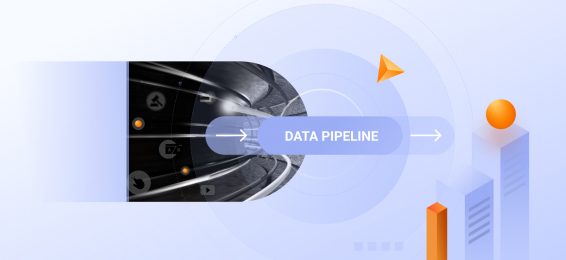Lasso regression model vs ridge regression model
While both lasso and ridge regression are regularization techniques, they differ in their approaches.
- Lasso regression model utilizes an ℓ1 penalty, which can shrink some coefficients to exactly zero, thereby performing variable selection.
- Ridge regression: Employs an ℓ2 penalty, which shrinks coefficients uniformly but does not set any to zero, thus retaining all variables in the model.
This distinction makes lasso feature selection particularly useful when the goal is to simplify the model by selecting a subset of relevant features.
Lasso algorithm examples
Lasso regression is especially beneficial in scenarios involving high-dimensional data where the number of predictors exceeds the number of observations.
It is widely used in fields such as genomics, finance, and machine learning for a wide range of tasks.
- Feature selection: Identifying and retaining only the most significant variables in the model.
- Improving model interpretability: Simplifying models to make them more interpretable by reducing complexity.
- Handling multicollinearity: Addressing issues arising from highly correlated predictors by selecting one variable from a group of correlated variables and setting others to zero.
Advantages and limitations of lasso regression
[wptb id=9485]
Understanding these aspects of lasso regression helps understand when to use lasso regression.



